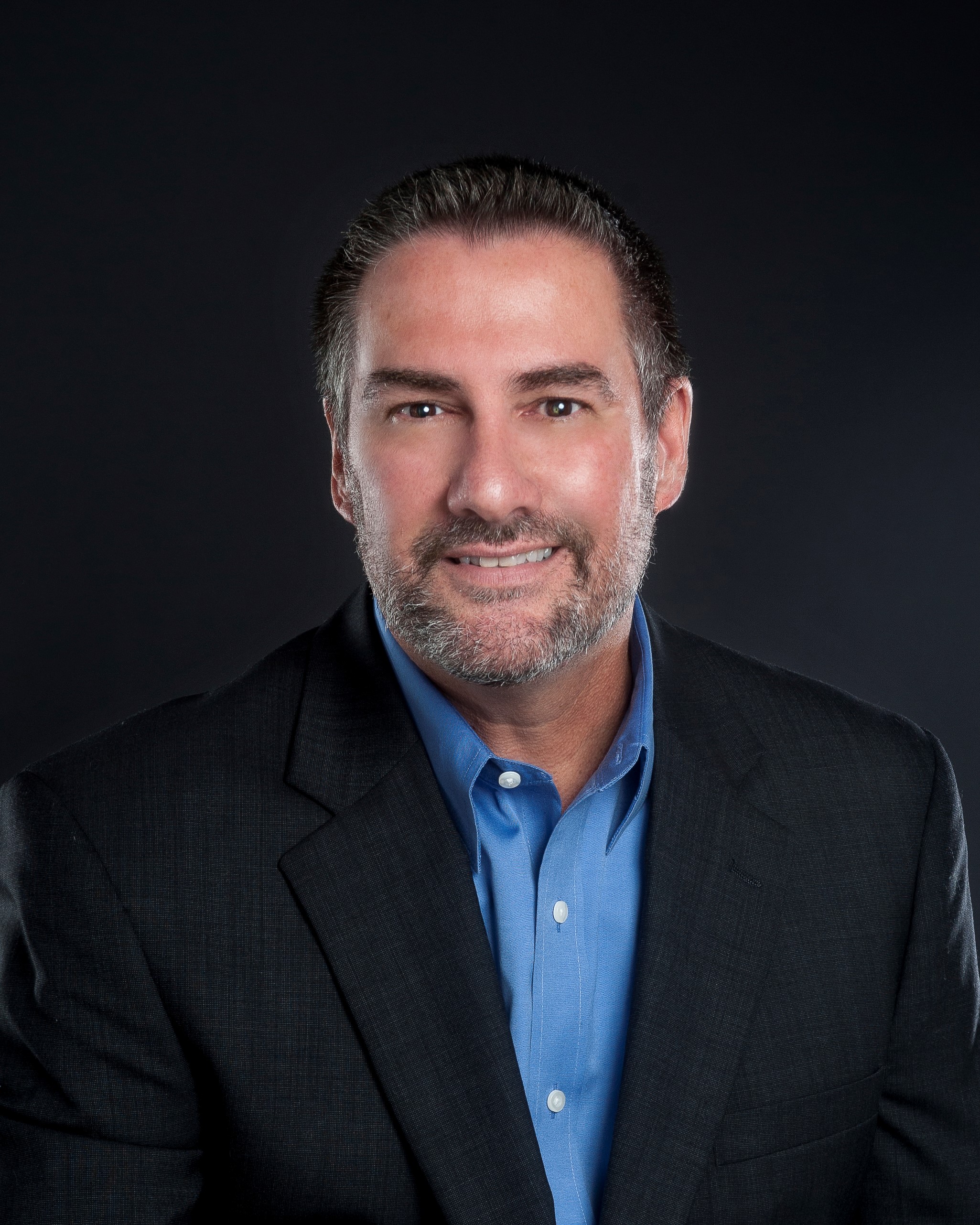Safety Decisions - July 2018
By: Charles J. Douros
Printable Version
Over the years, I have dined with astronauts, professional athletes, best-selling authors and even a Secretary of State, listening with great interest as they tell stories from their unique perspective of how their professional endeavors and world-renowned contributions impact humanity and even change the world. I find it interesting to break bread with such influential people, yet I'm not star-struck or disillusioned by their public personae. While their larger-than-life endeavors are far from ordinary, it is not lost on me that I sit elbow-to-elbow, every day, working with some of the most extraordinary professionals and executives in the safety industry in pursuit of perhaps the most noble of charters: safety excellence. The journey to pursue sustainable safety excellence and a proactive safety culture is the same for executives as it is for astronauts and Super Bowl champions. Each needs a concise, well-communicated strategy of how to get and repeat great results, a clear vision of what success looks like in observable terms, and a roadmap to know precisely what they did to get there. Executives from the best companies maintain a cultural mindset that continuous improvement is always possible and allow for flexibility as business conditions, consumer demand, technology, regulations and unplanned obstacles threaten to change the corporate landscape.
It is during these moments of truth when an organization's safety culture is tested. Will employees voluntarily conduct work safely when shorthanded or if demands change? Will a mechanic deliberately walk to the other end of the factory floor to retrieve a ladder instead of standing on a convenient chair to work at height, and will he take the 90 seconds required to perform a visual safety inspection before climbing it? Does the sanitation engineer correctly choose to don safety goggles when she handles liquid chemicals every single time? Do employees on 3rd shift practice lockout-tagout to safely perform routine maintenance when the management team is home sleeping? Do executives lead the workforce by example?
A petrochemical executive at a recent safety strategy workshop said it best. "We are in a high hazard industry. Our procedures and written work instructions mostly take care of the big risks, but people are still getting hurt. The real success or failure of our safety performance is directly proportional to whether our employees use discretion to voluntarily take safety precautions on the lower probability risks, hundreds of times every day. If they don't make the right choice every single time, they introduce risk and fail in their moment of truth."
It is easy to underestimate the influence a single poor decision has on an organization's overall safety culture. We tend to understand the effect a bad safety decision has on an organization once somebody becomes injured, but what about the hundreds and thousands of times employees take risks that don't result in injury? In those situations, does the absence of injury actually condone the risk-taking? We meet with clients all the time who study their declining incident rate and correlate all the recent safety activities to its success. "We are doing all these things and nobody gets hurt, therefore everything we're doing must be safe." Not so fast. It's one thing to achieve a desired incident rate, and quite another to sustain it. It takes a deeper dive with an intense focus on whether or not the organization is actually doing the right things to sustain a favorable trajectory. Are they engaged in changing the culture to focus on the significant few transformational opportunities that will make the greatest impact on incident rate and safety culture, or are they giving blind credit to a random set of activities that someone convinced them were the best things to do? Companies with a traditional safety program only measure lagging indicators, ultimately concluding they need to fail less. More progressive companies also collect data on the frequency of voluntarily taken precautions targeting low probability risks to prevent injury. The frequency of precautions taken, known as "percent safe," is an indicator of the health of a company's safety culture. The higher the percent safe, the less likely employees are to be injured by low-probability risks in the workplace.
Just as a single drop of water doesn't create a flood, a single decision or action doesn't determine culture. When an employee voluntarily chooses to take the right precautions to replace a single at-risk behavior with a safer alternative, they contribute a drop. Multiply that thousands of times with a healthy safety culture and open the floodgates to a stronger, healthier workplace where employees meet those moments of truth head-on, voluntarily performing their work safely every single time.
How well are your employees meeting their moments of truth? Collectively, do all levels of the organization take responsibility to be accountable for their own safety? Will they take the right precautions when nobody is watching to lessen the likelihood of being injured by a low-probability risk? Does your company culture support employees who speak up when they identify risk or punish them for doing so? We help organizations answer these questions every day. Contact the author to request assistance assessing the overall health of your safety culture.

Charles J. Douros is senior consultant for ProAct Safety. Having worked hands-on in the safety and environmental arena as a former regional director of EHS, LEAN practitioner, small business owner, writer, speaker and safety consultant, Charles has personally implemented safety performance and cultural improvement processes with executives and industry professionals across many industries. He is a frequent contributor to EHS Daily Advisor, Safety Decisions Magazine, Business.com, Career Tracker, and other business and industry sites. Charles can be reached at 936.273.8700 or info@ProActSafety.com.
For more information, call +1.936.273.8700 or email info@ProActSafety.com
